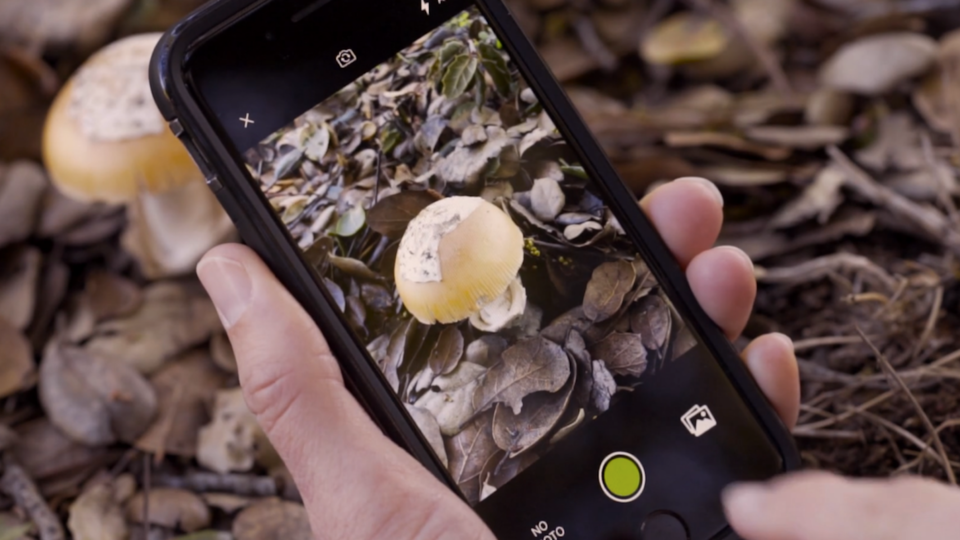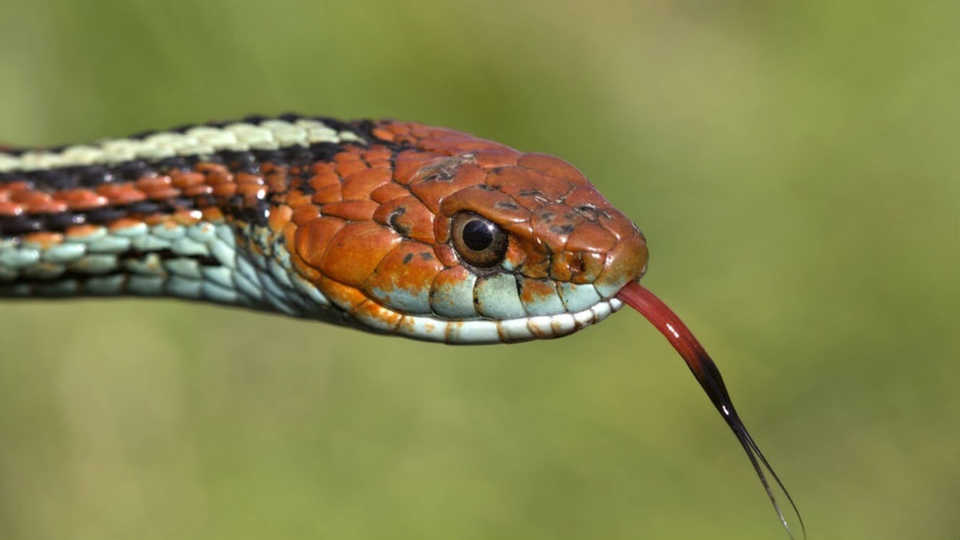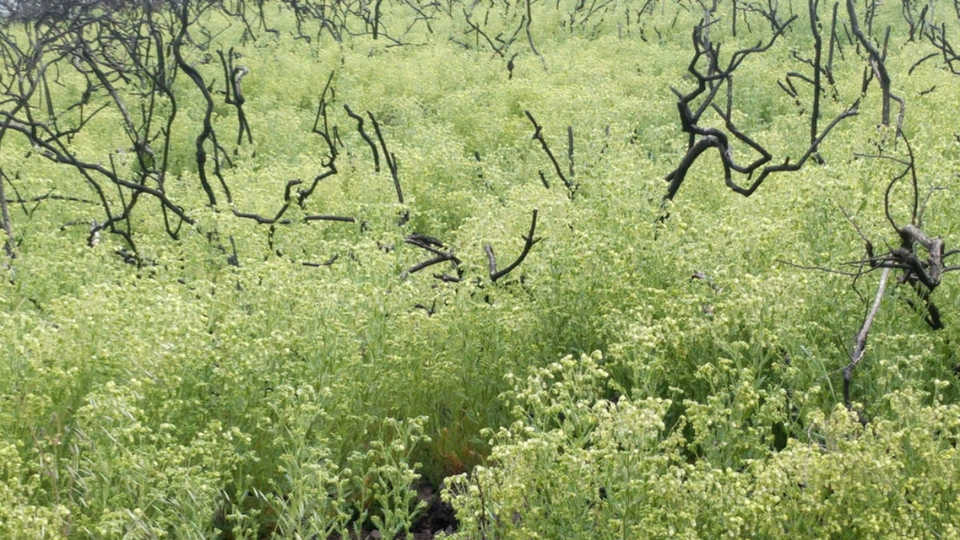Fourth-annual competition will document global biodiversity using the free platform iNaturalist; results announced on May 6
SAN FRANCISCO (April 11, 2019) – The wildly successful City Nature Challenge returns this month! An estimated 25,000 citizen scientists in over 150 cities around the globe are expected to document the nature in their neighborhoods. After launching the first-ever City Nature Challenge in 2016, the California Academy of Sciences and the Natural History Museum of Los Angeles County have now expanded the citizen science initiative to take place on six continents. Any photos of wild plants or animals taken during the Challenge can be uploaded to the free mobile app iNaturalist where an online community confirms species identifications. The observations gathered during neighborhood surveys become open-source data that help scientists inform resource management and detect patterns in global change.
The competition begins April 26 at 12:01 am in each time zone and runs through April 29, 11:59 pm. People of all ages and science backgrounds can participate by joining a community event in their metro area or by submitting their own pictures of wildlife on iNaturalist, an online platform powered by the California Academy of Sciences and National Geographic. Observations will be tallied (in friendly competition) and results announced on May 6.
Last year, San Francisco won the competition across all three categories: most observations, most species observed, and most participants. On April 18, Bay Area participants can attend a NightLife event at the Academy to learn more about regional wildlife, get hands-on experience using iNaturalist, hear incredible stories about human-nature interactions, and meet organizations around the Bay Area that are holding events for the City Nature Challenge! (See the full list of Bay Area events here.)
“Going into our fourth year as co-organizers of the City Nature Challenge, we continue to be blown away by the excitement for this event around the world,” says Alison Young, co-director of Citizen Science at the Academy. “As more cities join the Challenge, we’re building a global community of people interested in nature and curious about what lives around them, while simultaneously gathering invaluable data for addressing questions in urban ecology and global change.”
As cities become more crowded, understanding how human, animal, and plant residents all coexist is a crucial part of envisioning a sustainable future. But there are formidable challenges to acquiring large pools of data about changing cityscapes. Coordinated citizen science efforts like the City Nature Challenge help scientists and city planners track species movements and make more meaningful analyses of shifting urban biodiversity.
Last year’s four-day City Nature Challenge took place across 68 cities and participants added more than 400,000 observations of nature to iNaturalist. Although a competition, participating institutions share the goal of building community around nature discovery and observation.
For both budding and veteran citizen scientists, participating couldn’t be easier:
-
Find wildlife. It can be any wild plant, animal, fungi, slime mold, or any other evidence of life (scat, fur, tracks, shells, carcasses!) found in your participating city.
-
Take pictures of what you find using iNaturalist or your city’s chosen platform.
-
Learn more as your observations get identified!
During the 2018 City Nature Challenge, an observation of a hammerhead worm in the San Francisco Bay Area marked the first-ever recording of this species, which is native to Asia, in the U.S. In central Texas, observations were gathered of the bracted twistflower—a candidate for federal protection—blooming in deep purple hues across its only known home in the Edwards Plateau. In Hong Kong, observations of an incense tree that inspired the city’s name (Hong Kong translates to “scented harbor”) helped document how the once-abundant tree has declined across its native range. And the observation of an endangered songbird flitting through swamps outside of Bogotá, Colombia renewed hope for the future of this rare bird. Many other endangered, endemic, or data deficient species were recorded during the City Nature Challenge.
See participating cities and partner organizations.
Social Media: #CityNatureChallenge
Signing up is easy and free. Visit inaturalist.org from your browser, or download iNaturalist from the App Store or Google Play store. iNaturalist is powered by the California Academy of Sciences and National Geographic.
The California Academy of Sciences is a renowned scientific and educational institution dedicated to exploring, explaining and sustaining life on Earth. Based in San Francisco’s Golden Gate Park, it is home to a world-class aquarium, planetarium, and natural history museum, as well as innovative programs in scientific research and education—all under one living roof. Visit calacademy.org.
The Natural History Museum of Los Angeles County has amassed one of the world’s most extensive and valuable collections of natural and cultural history—with more than 35 million objects, some as old as 4.5 billion years. The Natural History Family of Museums includes the NHMLA, the La Brea Tar Pits Museum (Hancock Park/Mid-Wilshire), and the William S. Hart Park and Museum (Newhall, California). The Family of Museums serves more than one million families and visitors annually, and is a national leader in research, exhibitions and education. Visit nhm.org/nature.
Press Contacts
If you are a journalist and would like to receive Academy press releases please contact press@calacademy.org.
Digital Assets
Hi-res and low-res image downloads are available for editorial use. Contact us at press@calacademy.org to request access.




